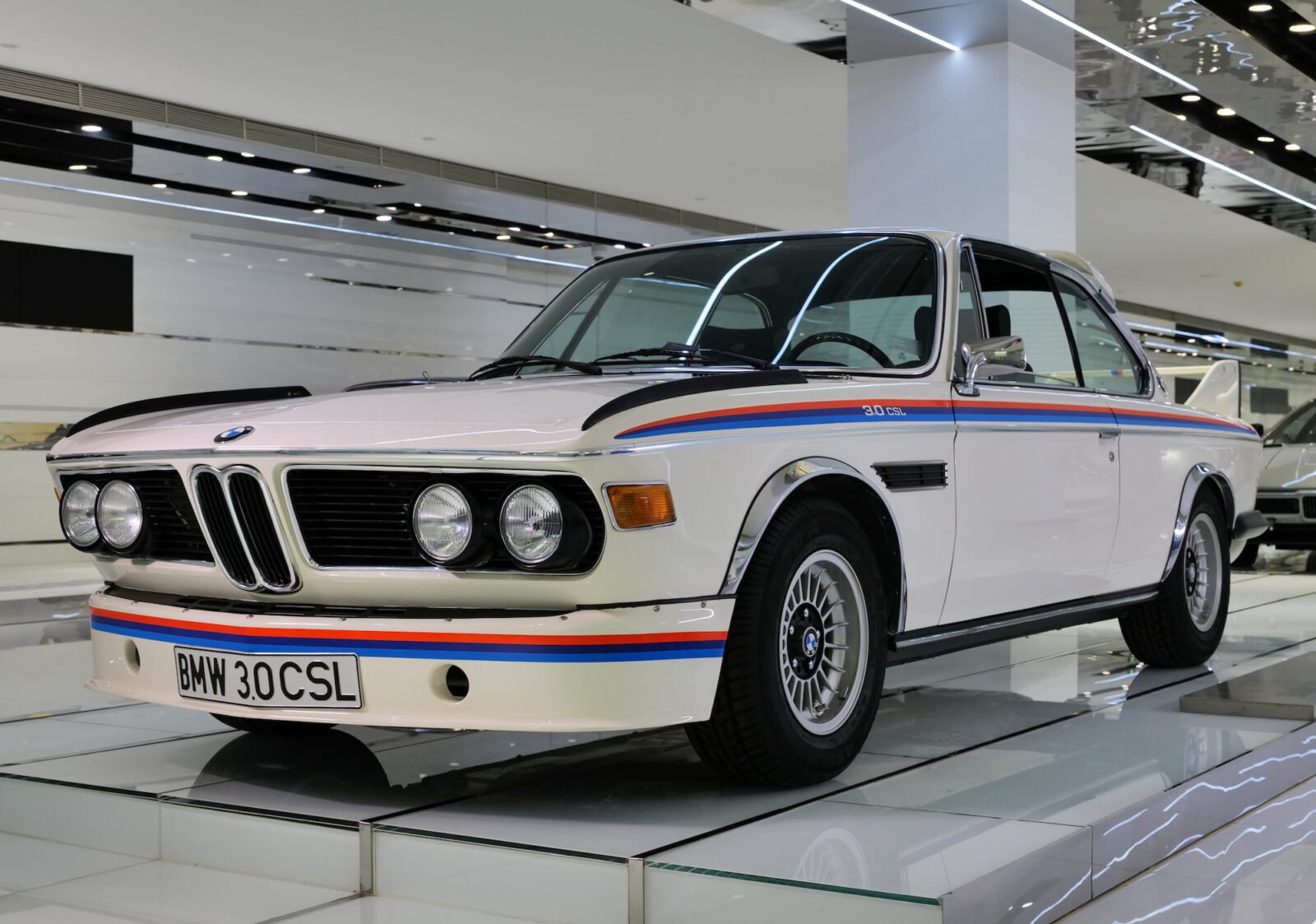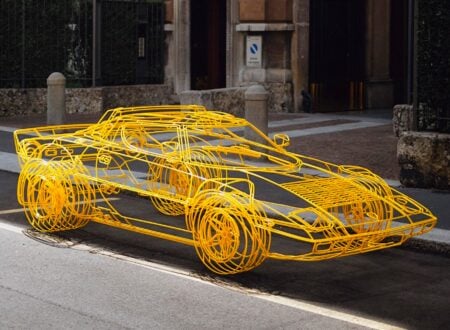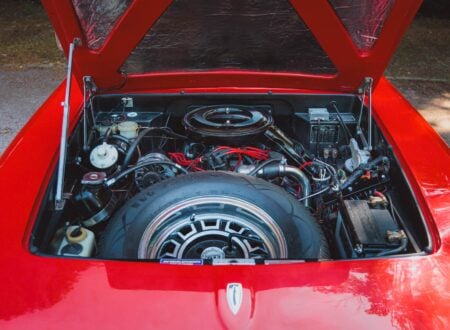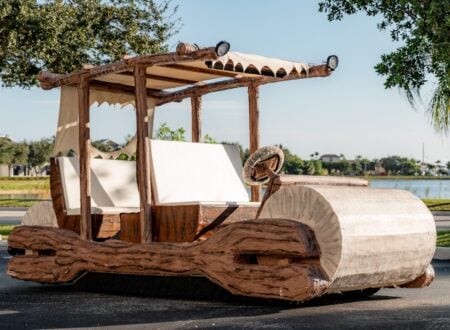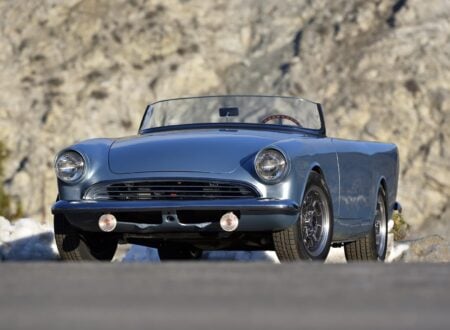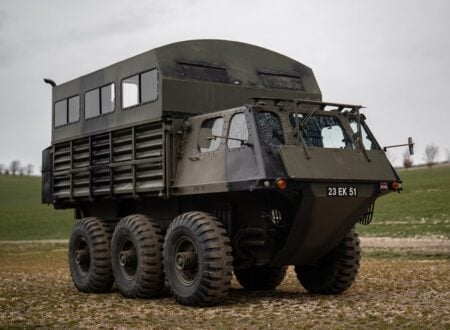This article was written by Silodrome contributor Harry Fisher.
There can be little doubt that the BMW 3.0CSL “Batmobile” is the grandfather of all BMW sports sedans.
Production car racing has always been hugely important to automobile manufacturers keen to promote their products: “Win on Sunday, sell on Monday” has become a mantra used by manufacturers to justify the expense of a racing program and has been proven to be an accurate reflection of sales success following racing success.
Fast Facts – The BMW 3.0 CSL Batmobile
- The Neue Klasse (New Class) BMWs appeared in 1962 and not only saved the company financially, but also established a design language that is still in evidence today, as well as establishing the identity of BMW as a manufacturer of sports sedans.
- The 3.0 CSi coupe was introduced in 1971 and the homologation-special CSL arrived in 1973. The CSL would dominate touring car racing in Europe for the next seven years.
- In 2015, BMW introduced the 3.0 CSL Hommage R at the Pebble Beach Concours D’Elegance, in celebration of the 40th anniversary of BMW in North America. The car’s appearance there was ironic as the CSL was never sold in the U.S.
- The 1975 BMW 3.0 CSL Batmobile you see has been on display in a museum for many years and it may not have its original numbers-matching engine. It will require a recommissioning before any driving is undertaken.
Bayerische Motoren Werke
BMW was formed in 1910, in Bavaria, producing aero engines. After the First World War, the company was banned from building aero engines which could, of course, be used to re-arm Germany, something the Allies were desperate to prevent.
BMW survived by producing motorcycle engines, farm equipment, and household items.
Above Video: This short film presented by BMW does a great job of explaining the history of the Batmobile, and the importance of the model to the automaker’s heritage.
By 1923, the first BMW motorcycle appeared, the R32, featuring a transverse flat-twin engine.
In 1928, the company bought automobile manufacturer Fahrzeugfabrik Eisenach, which was building British Austin Sevens under licence under the Dixi name. Throughout the 1930s, BMW expanded its automobile range to include sports cars and large luxury cars.
After the Second World War ended, BMW was again banned from producing motor vehicles or aircraft engines. The company once again turned to manufacturing bicycles and such mundane items as pots and pans.
Motorcycle production resumed in 1948 and cars in 1952. By the end of the 1950s, BMW was struggling financially, its luxury cars becoming increasingly outdated and unprofitable and their motorcycles and economy bubble cars becoming less attractive to an increasingly affluent society.
The Critical Importance Of Racing
Since the 1950s, production car racing has been massively popular around the world: NASCAR in the U.S., Touring Car Championships in Europe and Australia, not to mention rallying which, until the advent of the purpose-built rally cars, was the preserve of barely modified road-going production machinery.
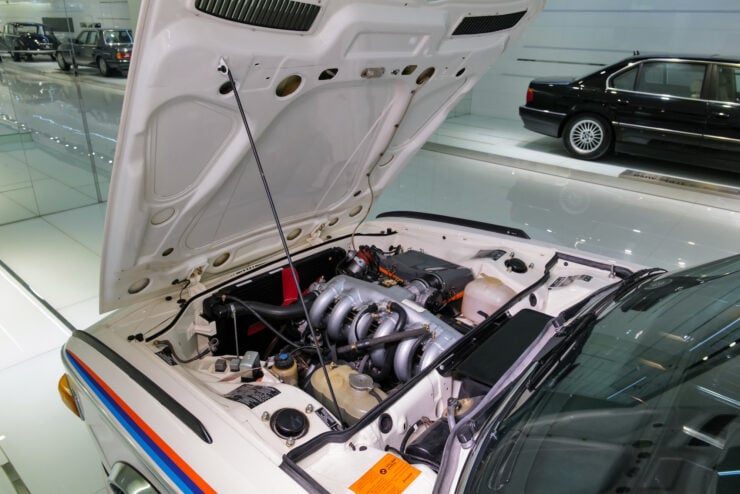

In the early 1960s, BMW dragged itself out of impending insolvency when the “Neue Klasse” (New Class) range of automobiles appeared. Here was a new line of up-to-2,000cc sedans that had crisp styling and a new overhead valve, four-cylinder engine.
Despite having been bitten financially by concentrating too closely on luxury sporting sedans in the 1950s, BMW engineers next developed the 2000C and 2000CS sporting coupes.
These were still powered by the four-cylinder engine but a new 2,788cc, 168-horsepower, straight-six engine was in the pipeline and, in 1969, the first of the new internally-designated E9 models appeared with the new engine fitted, the 2800 CS, with a strong family resemblance to the sedans, especially in the treatment of the nose of the car.
Despite the new engine, the 2800 CS was lighter than the outgoing 2000 CS.
In 1971, the engine was enlarged to 2,986cc to create the 3.0 CS and 3.0 CSi models. The 3.0CSi, with its fuel injection, pushed out 203 horsepower.
The Arrival Of The 3.0 CSL Batmobile
Now on a sound financial footing, BMW wanted to scratch the racing itch and forge a sporting image for itself.
The most prestigious racing series in Europe for production cars was the European Touring Car Championship and, in the 3.0 CSi, it had the perfect base for a homologation special. Thus, the 3.0 CSL was born.
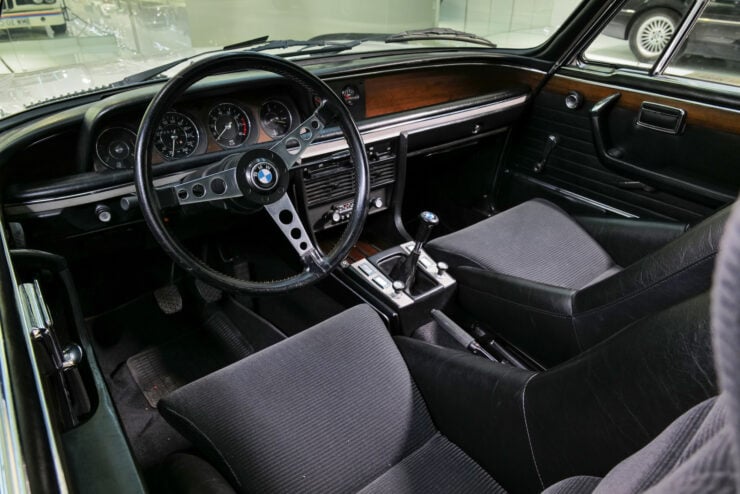

The “L” in the name means leicht (light) and an incredible 250 kgs (550 pounds) of weight reduction was achieved by fabricating the doors, hood and trunk lid from an aluminum alloy, fitting perspex side windows, using thinner steel to build the monocoque body and deleting much of the interior trim and soundproofing.
1,265 of these homologation specials were built although, sadly, they were not sold in the U.S.
The CSL also got a slightly larger engine (3,003cc) in order to allow it to race in the over-3-liter racing category, from which overall winners of races in the Championship predominantly came.
In 1973, the engine was increased again to 3,153cc and it pushed out 203 horsepower (although the racing versions would develop as much as 450 horsepower in normally aspirated form and up to 800 horsepower when a turbo was fitted for 1976-onwards).
Also in 1973, the final version of the 3.0 CSL was homologated and it is this one that would be nicknamed the Batmobile, being fitted with a large front air dam, short fins running along the front fenders, a spoiler on the trailing edge of the roof and that distinctive rear wing.
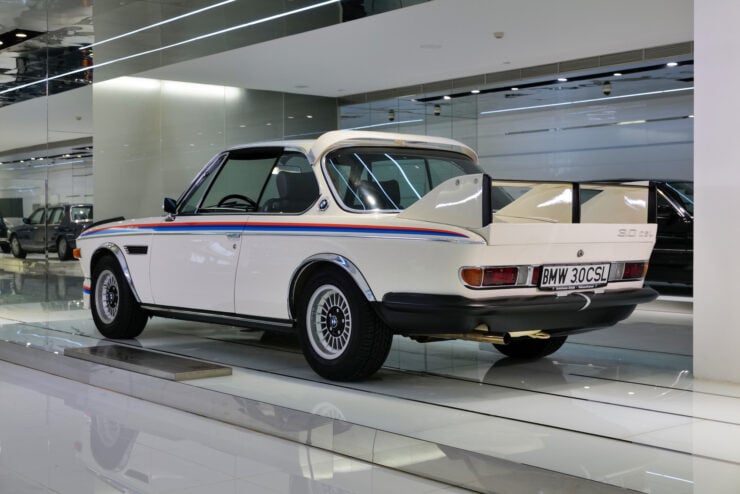

This was just what the 3.0 CSL needed and BMW would win the European Touring Car championship in 1973, ’75, ’76, ’77, ’78, and ’79, against strong competition from Ford and Porsche.
This is the car that not only put BMW back onto the racing map, but also became the blueprint for generations of high-performance road-going BMW models, which would soon have the ‘M-Sport’ designation applied to them.
The rarity of these cars – only 110 of the road-going Batmobile examples were built in 1973 and a further 57 examples built in 1975 – coupled with the unprecedented racing successes, has made the BMW 3.0 CSL a much sought-after classic, generating huge interest whenever one appears at auction.
The BMW 3.0 CSL Batmobile Shown Here
The Batmobile you see here being auctioned by RM Sotheby’s, bears chassis number 4355057, making it the last of the second batch of 57 to be built.
What is immediately obvious, apart from the wild aerodynamic appendages, is the color scheme, now instantly recognisable as the BMW M-Sport colors (although ‘M-Sport’ did not exist at that point), featuring three stripes in light blue, dark blue and red which were applied over the body colour.
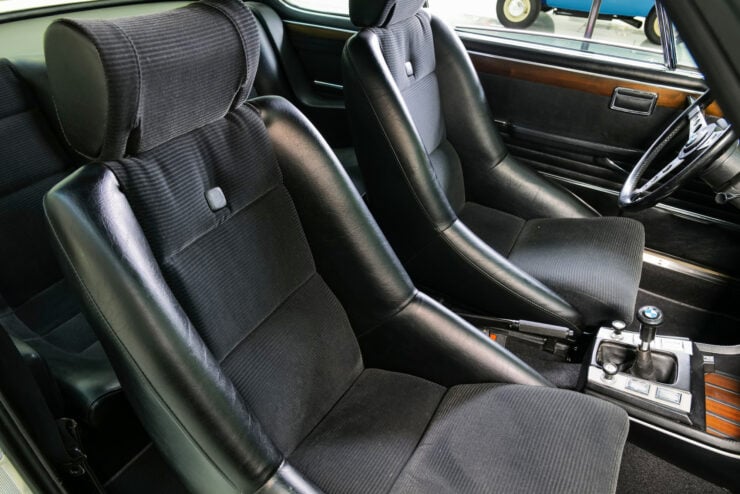

As an interesting aside, the colors of the stripes were originally intended for a sponsorship deal with an oil company. However, after that deal fell flat at the eleventh hour, everyone still really liked the look and the color scheme, so they remained.
RM Sotheby’s points out that the engine in this particular CSL might not be the original unit it left the factory with and that the whole car will need re-commissioning after sitting in a museum for many years.
However as one of the most iconic – and rare – European production racing cars of the 1970s, one which laid the foundations for generations of successful sporting BMW sedans for decades to come, an estimated price of €180,000 – €220,000 doesn’t seem like an awful lot of money.
If you’d like to read more about this unusual German classic or register to bid you can visit the listing here.
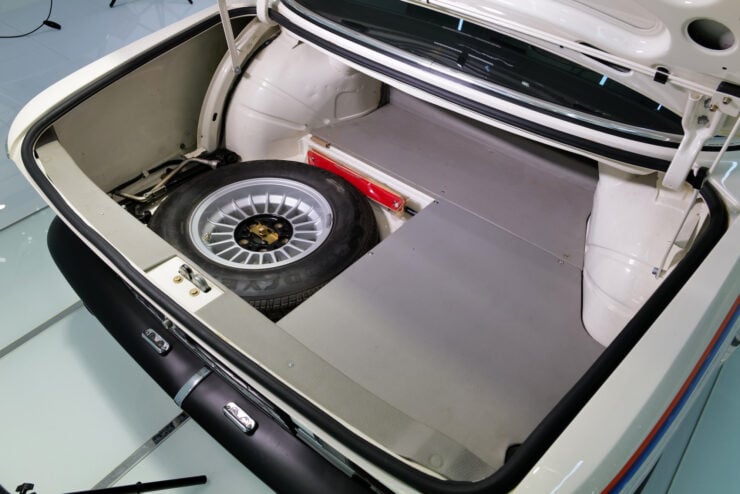
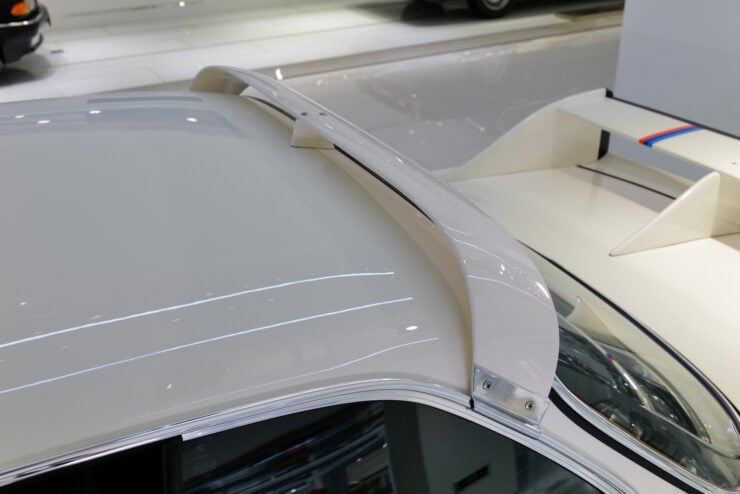
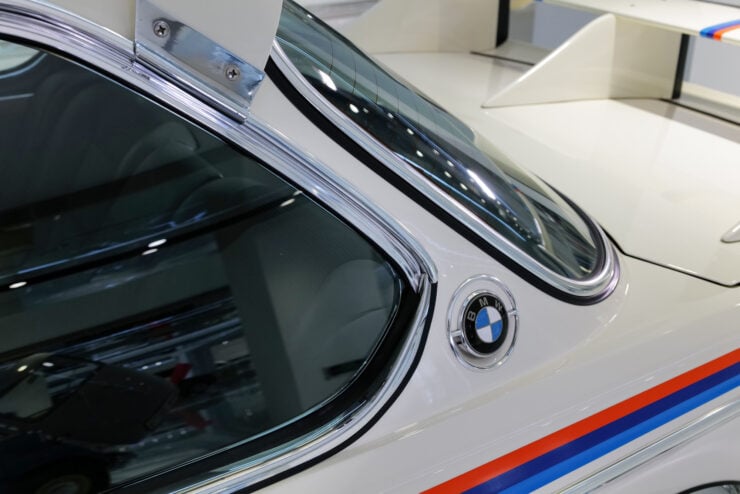
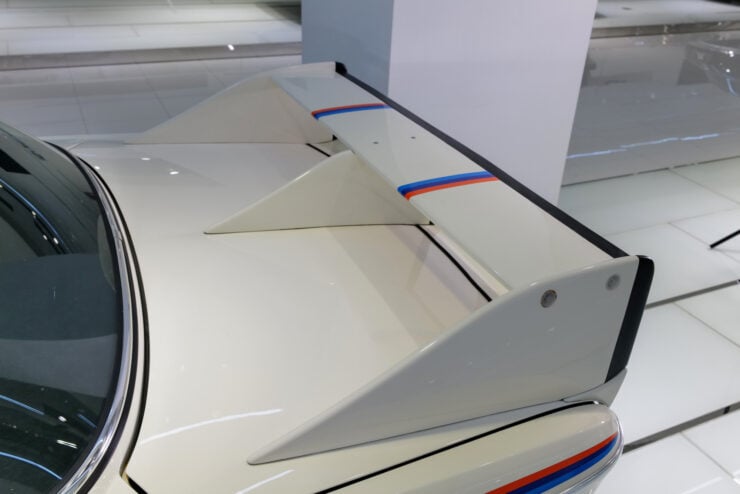
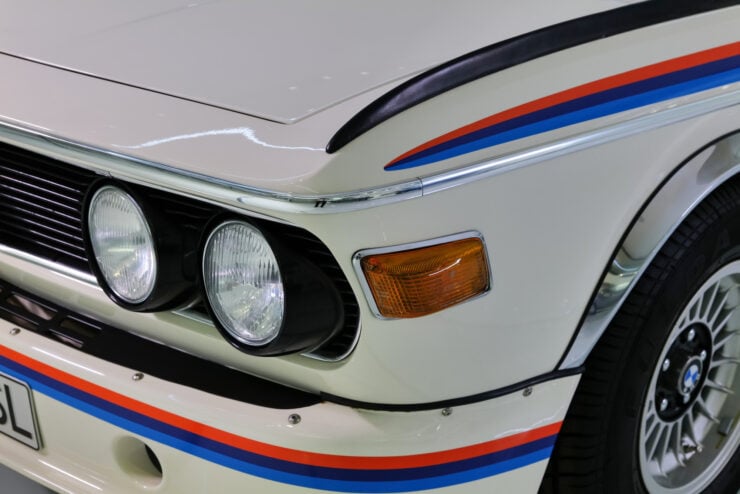
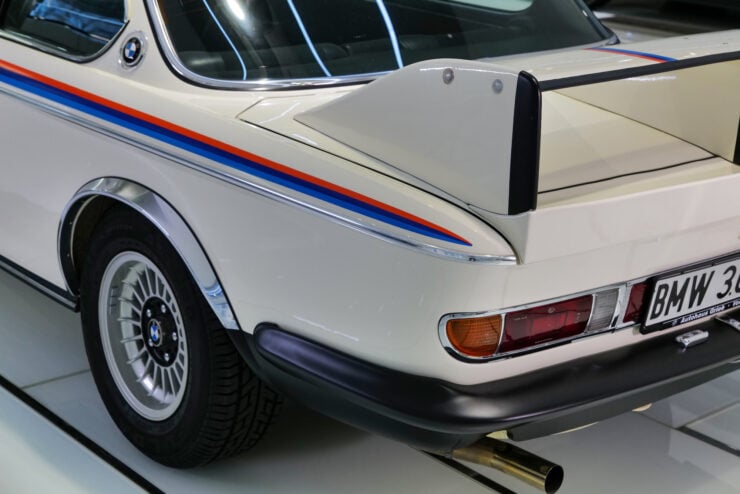
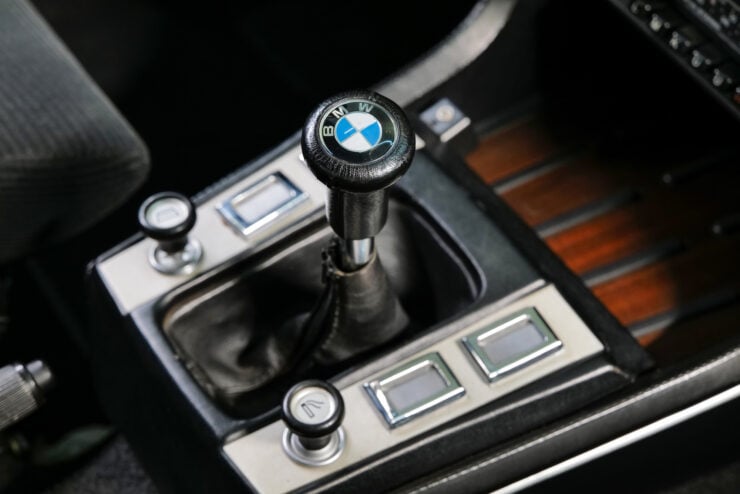
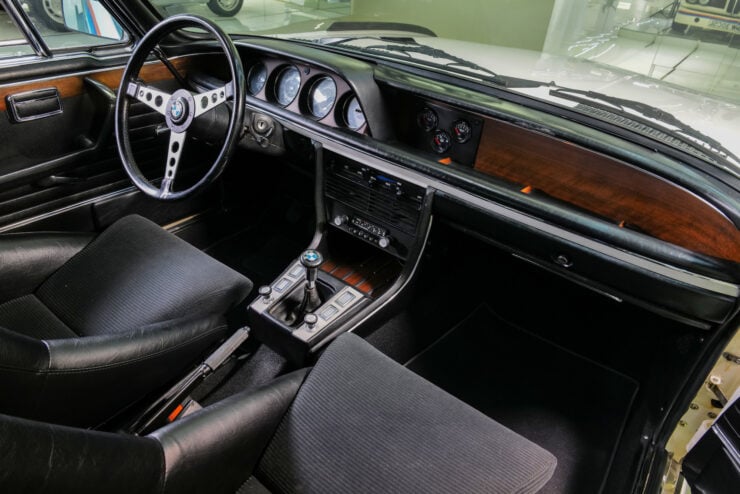
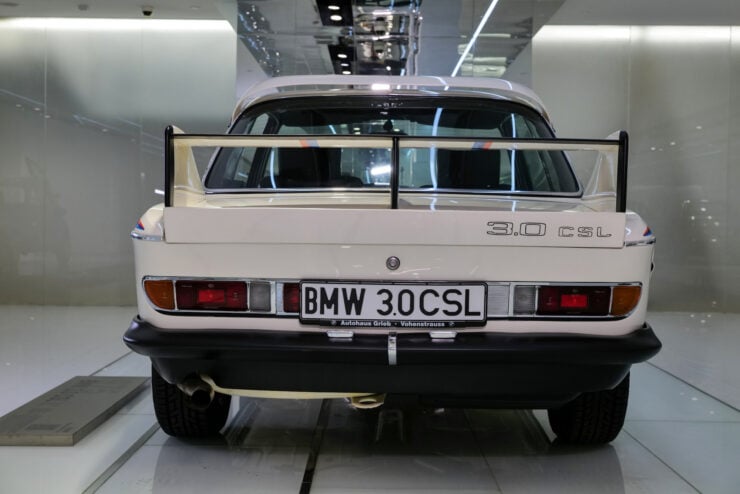
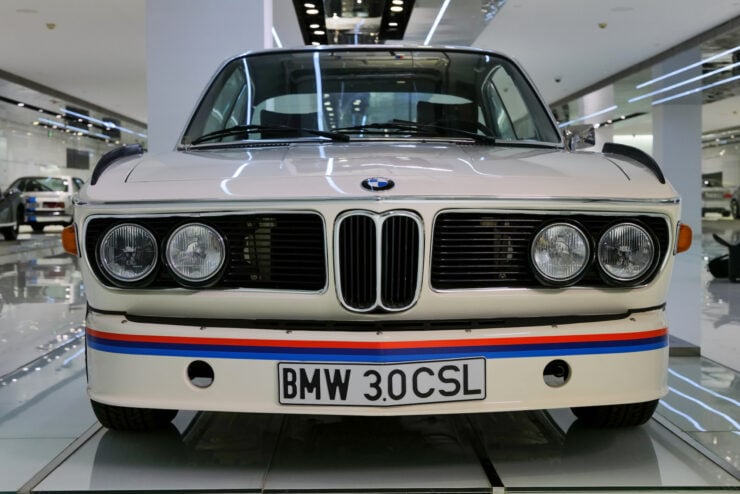
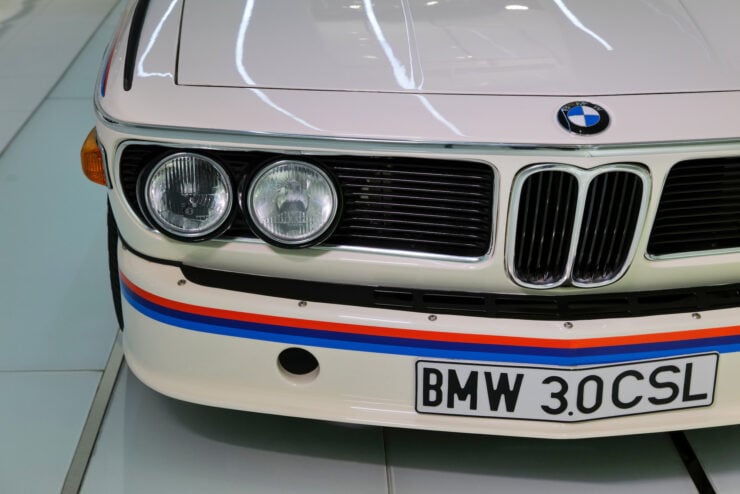
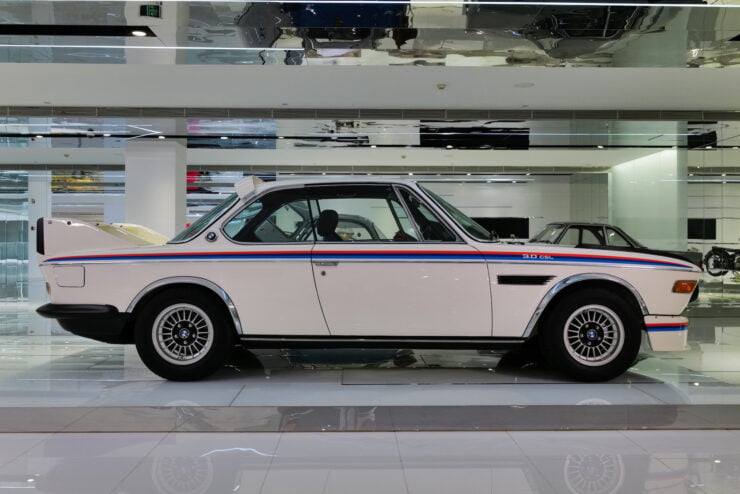
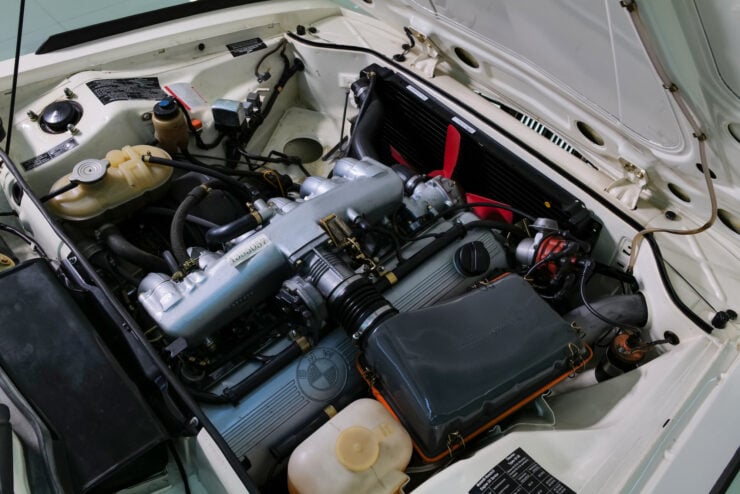
Images courtesy of RM Sotheby’s

